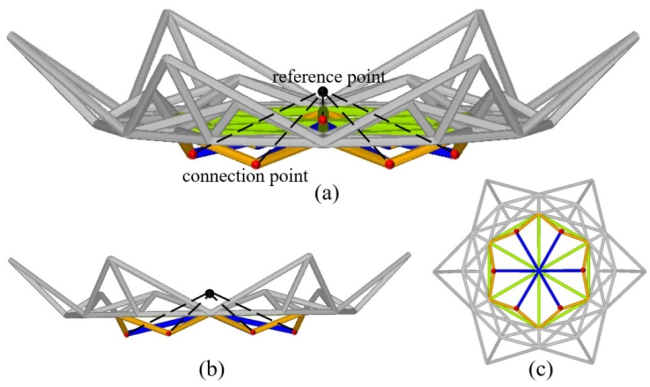CTHTGA: Design and Optimization of Precise Submillimeter-Wave Antennas
In a recent paper by ZHANG Mingzhu, WANG Hairen and ZUO Yingxi from Purple Mountain Observatory (PMO) of the Chinese Academy of Sciences (CAS), the method of combining thermal homology theory with a genetic algorithm (CTHTGA) is proposed for the design and optimization of large precise submillimeter-wave antennas. Moreover, two key steps for the CTHTGA method are also reported, one is design of the structure of the antenna according to thermal homology theory (Fig. 1), the other is structural optimization based on the genetic algorithm (Fig. 2).


Appling to a 1.2 m submillimeter-wave antenna, designed with CTHTGA, it is shown that the antenna not only has less thermal deformation coupling than the previously designed model of the 1.2 m antenna, but also embodies the satisfying rigidity and smaller gravity deformation. Moreover, the results also have suggested that the CTHTGA method offers higher accuracy and other obvious advantages when compared to the zero-order and first-order compound optimization algorithm.
This work has been published in Applied Optics, and is supported by the Key Research Program of the Chinese Academy of Sciences, Youth Innovation Promotion Association of the Chinese Academy of Sciences and National Natural Science Foundation of China.